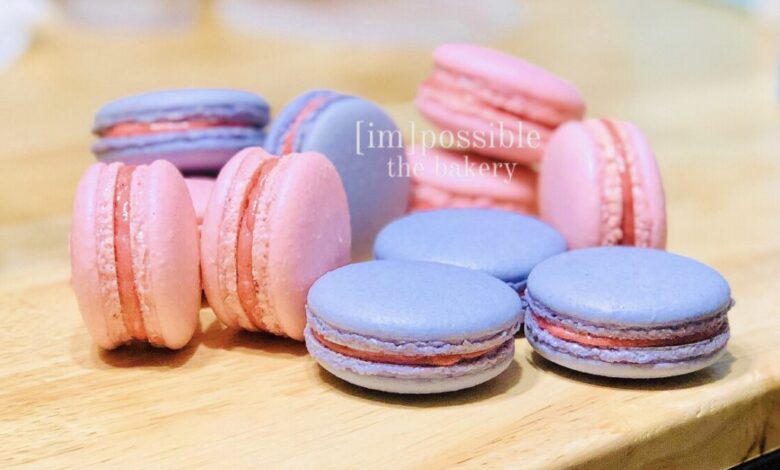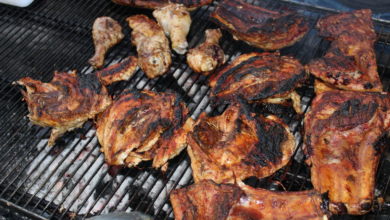Vegan Macarons: A Delightful Twist on a Classic Treat

Veganism has taken the culinary world by storm, revolutionizing how we approach traditional dishes. One such delightful transformation is the vegan macaron, a delectable twist on the classic French treat. In this article, we’ll explore the world of vegan macarons, from their history and ingredients to tips for making them at home.
The History of Macarons
Macarons, often confused with macaroons (coconut-based cookies), have a rich history dating back to the Middle Ages. Originating in Italy, they gained popularity in France during the Renaissance. Traditionally, macarons consist of almond flour, egg whites, and sugar. However, with the rise of veganism, a new era of macarons has emerged.
The Vegan Macaron Revolution
Plant-Based Ingredients
Vegan macarons swap out traditional ingredients for plant-based alternatives. Almond flour remains a key component, ensuring that signature delicate texture. Aquafaba, the liquid from canned chickpeas, replaces egg whites, creating the necessary structure. Organic cane sugar sweetens the deal, all while adhering to vegan principles.
Flavor Variety
One of the joys of vegan macarons is the diverse array of flavors available. From classic vanilla and chocolate to inventive options like lavender or matcha, there’s something to please every palate. The vegan approach allows for creativity without compromising on taste.
Health Benefits
Compared to their traditional counterparts, vegan macarons tend to be lower in saturated fat and cholesterol. They are also suitable for those with egg or dairy allergies, making them an inclusive treat for all.
Making Vegan Macarons at Home
Essential Equipment
Before embarking on your vegan macaron journey, ensure you have the necessary tools: a food processor, piping bags, and a good-quality mixer. These items will make the process smoother and more enjoyable.
The Technique
- Preparing the Aquafaba: Whip the chickpea brine until stiff peaks form, just like you would with egg whites.
- Mixing the Dry Ingredients: Combine almond flour and powdered sugar. Sift the mixture to ensure a smooth batter.
- Folding: Gently fold the dry mixture into the whipped aquafaba. This is a crucial step to maintain the macaron’s signature texture.
- Piping: Transfer the batter to a piping bag and pipe small circles onto a baking sheet.
- Resting: Allow the macarons to rest for about 30 minutes to develop their characteristic “feet.”
- Baking: Bake at a low temperature to prevent browning and cracking.
- Filling: Sandwich your macarons with vegan-friendly fillings such as dairy-free ganache or fruit preserves.
Conclusion
Vegan macarons offer a delectable twist on a classic dessert, allowing everyone to enjoy this beloved treat. With plant-based ingredients, a variety of flavors, and health benefits, they are a delightful addition to any occasion.
FAQs
1. Are vegan macarons as delicate as traditional ones?
Yes, with the right technique, vegan macarons can achieve the same delicate texture as their traditional counterparts.
2. Can I use homemade aquafaba for vegan macarons?
Absolutely! Homemade aquafaba works well; just ensure it’s whipped to stiff peaks.
3. Are vegan macarons lower in calories than traditional macarons?
While they may have fewer calories, the primary benefit of vegan macarons is their plant-based, allergy-friendly nature.
4. Can I store vegan macarons for later consumption?
Yes, you can store them in an airtight container in the refrigerator for a few days to maintain their freshness.
5. Are there any special tips for achieving perfect vegan macarons?
Patience and practice are key. Follow the recipe closely, and don’t be discouraged if your first batch isn’t perfect. Macaron-making is an art that improves with time and experience.



